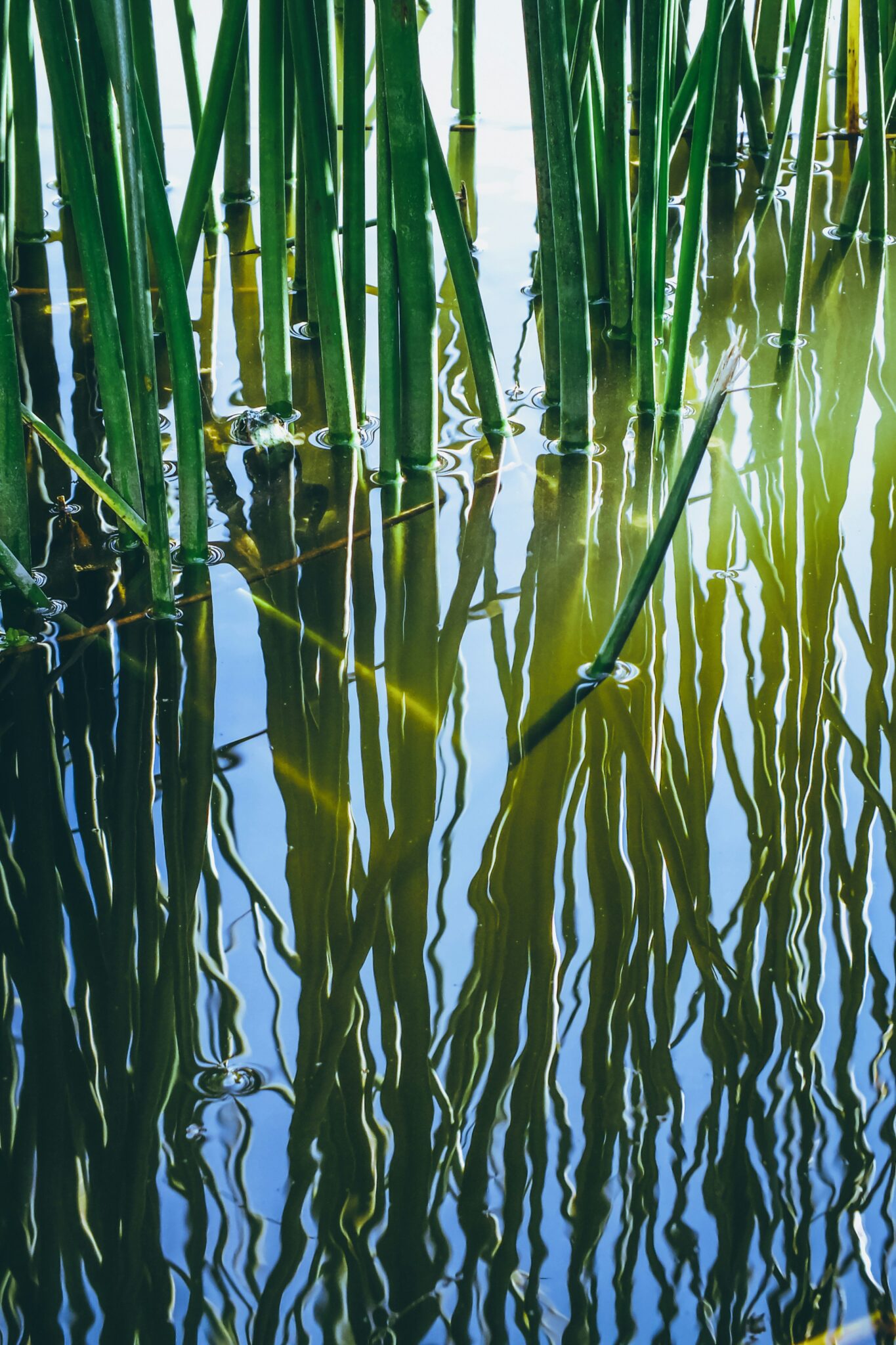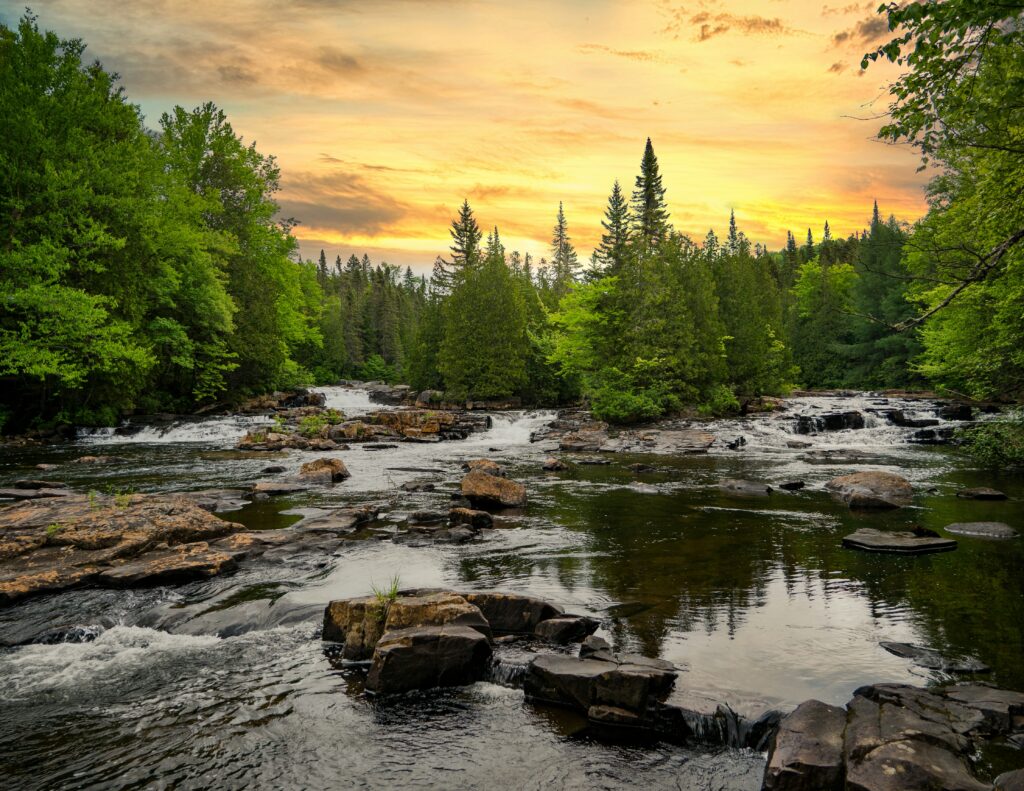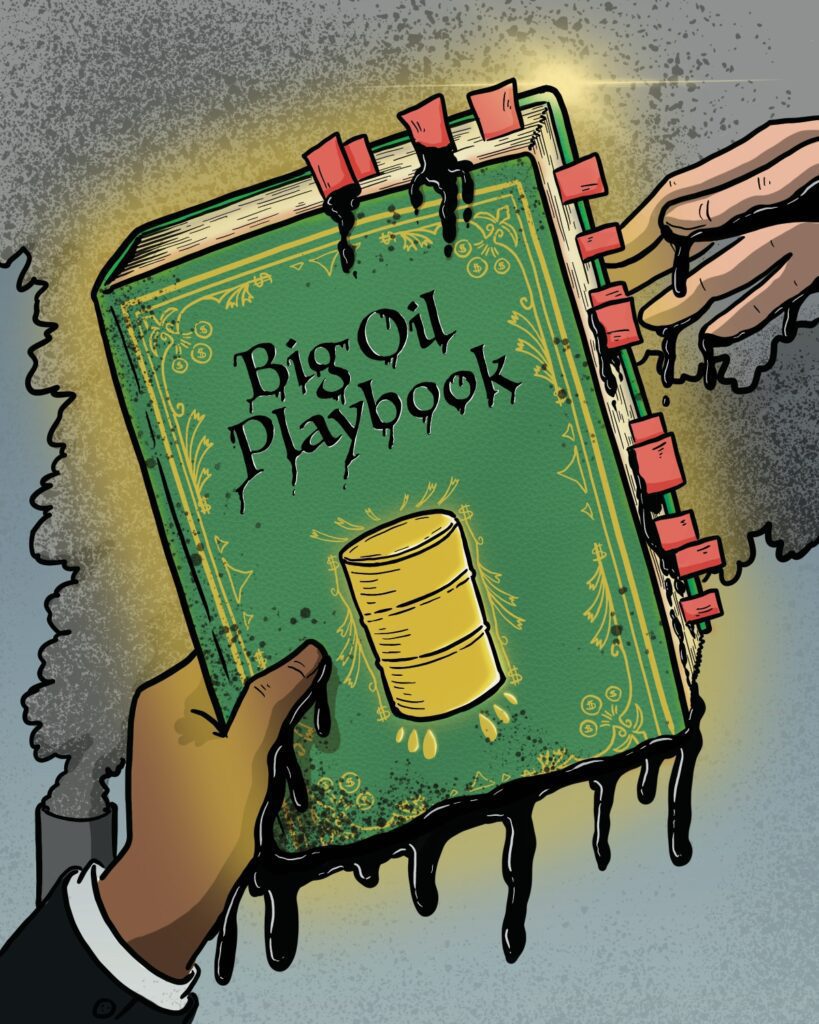The experience of exploring a wetland is like no other. The sounds of birds singing and frogs croaking, paired with the incredible sights like watching turtles sunbathe on rocks and logs, or seeing a beaver collect materials for its dam, wetlands are truly remarkable ecosystems.
On top of being a natural paradise, wetlands are some of the hardest working ecosystems – which is why they are often referred to as the “kidneys of the earth.” Wetlands are important water storage and filtration systems. They are one of the main reasons why we have clean water and they also help prevent flooding.
Unfortunately, wetlands are often overlooked. Many people see these ecological treasures as just useless, waterlogged areas that don’t offer much. This however, could not be further from the truth. Wetlands help shape our everyday lives, and without them, life as we know it would not exist.
Wetlands: what are they?
A wetland is an area of land that is permanently or seasonally covered by water. Wetlands come in a variety of different sizes and can be very small (like the size of an inground pool) or incredibly large. One of the largest wetland regions in the world, the Hudson Bay Lowlands Ecozone, located right here in Ontario, stretches over 20,000,000 hectares—that’s 25 times bigger than the Greenbelt!
In Ontario, there are four types of wetlands: swamps, marshes, bogs, and fens. Even though they’re all a bit different, they all provide so many benefits from a social, economic, and environmental standpoint.
Why are they important?
Wetlands are some of the most diverse ecosystems in the world. They are home to lots of different kinds of plant and animal species, including at least 20 per cent of Ontario’s species at risk. Much-loved critters like turtles, frogs and birds, all rely on wetlands for some- or all of their lives. But that’s not all! Wetlands also help to mitigate the effects of climate change by storing vast amounts of carbon, offer a variety of outdoor recreational opportunities, clean water and prevent flooding. In fact, the extreme flooding that occurred throughout the Greater Toronto Area this past summer was a direct consequence of paving over areas— like wetlands—that are naturally excellent at absorbing water. If wetlands continue to disappear, Ontario’s flood problem will only get worse.
Flood prevention, water purification, carbon sequestration, and more are all services Ontario’s wetlands provide free of charge, but research shows that Ontario’s wetlands are estimated to provide over $50 billion of ecosystem services each year in southern Ontario alone. Tragically, despite their environmental, social, and economic importance, southern Ontario has already lost 72 per cent of its original wetlands. And yet, the losses continue.
Our remaining wetlands are threatened by harmful human activities like draining, paving, and filling for development. In recent years, the Ontario government has slashed policies and programs designed to protect wetlands in order to prioritize wealthy developers and poorly planned and environmentally-harmful development projects. That includes gutting Ontario’s Wetland Evaluation System, the mechanism designed to help designate and protect Provincially Significant Wetlands, and abandoning Ontario’s Wetland Conservation Strategy.
With so many of our wetlands already lost, we can’t afford to lose more.
Take action and send a letter to call on the provincial government to restore and strengthen provincial wetland protections.









